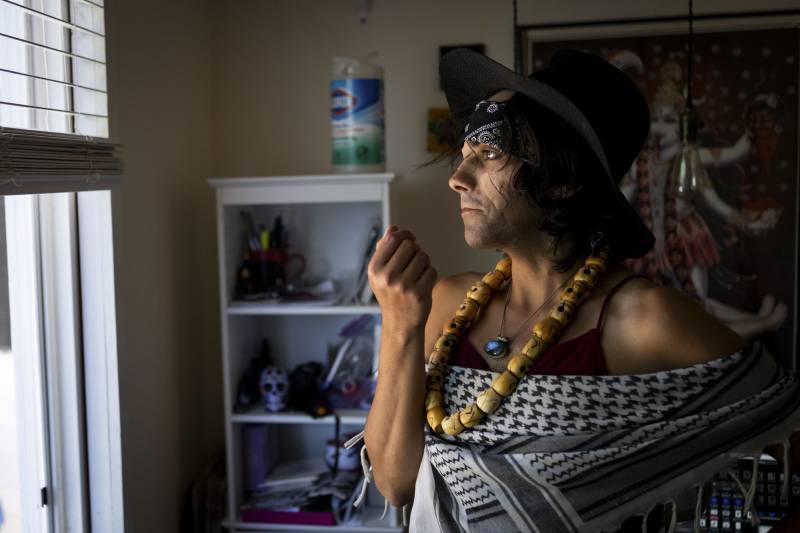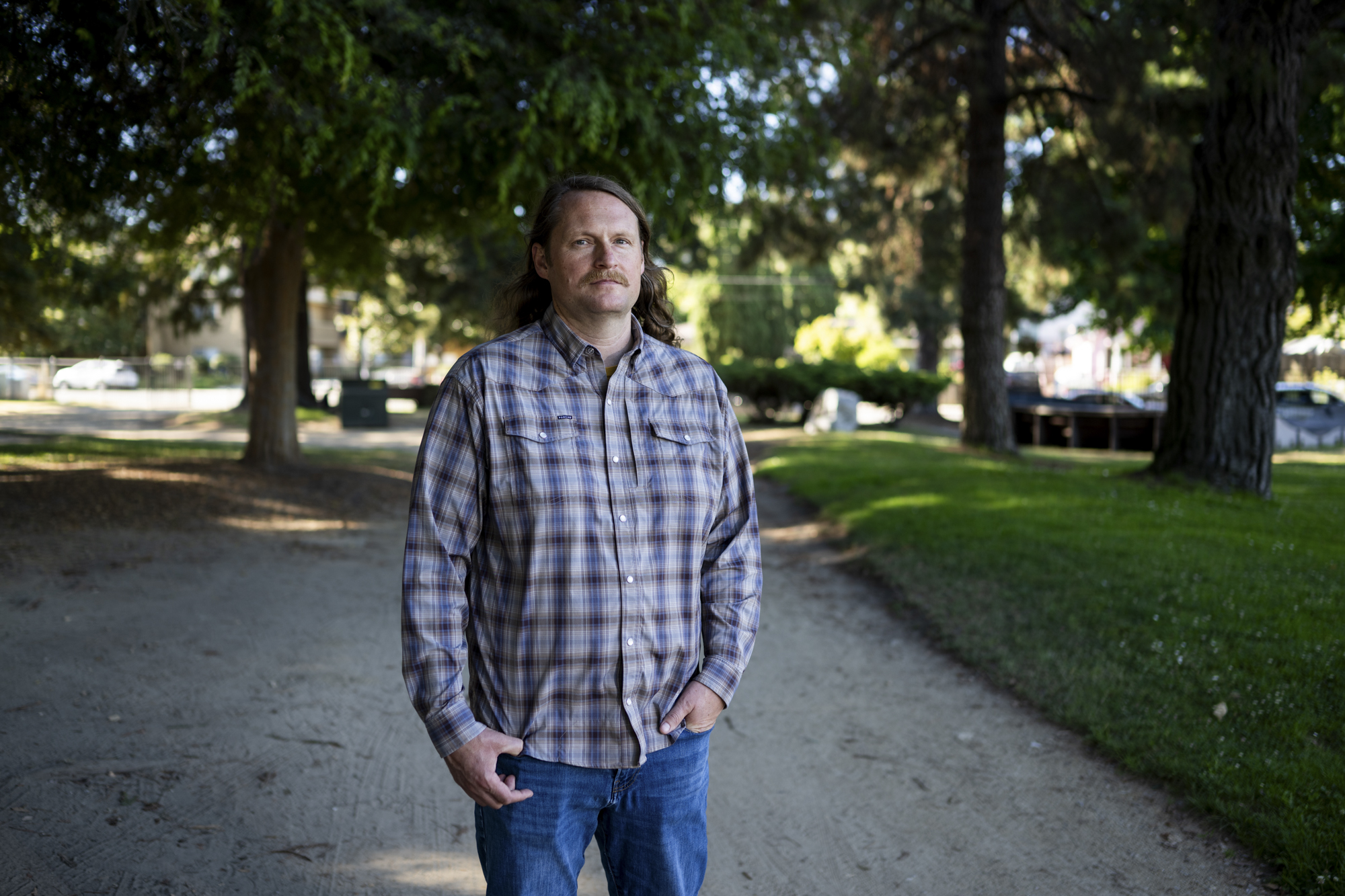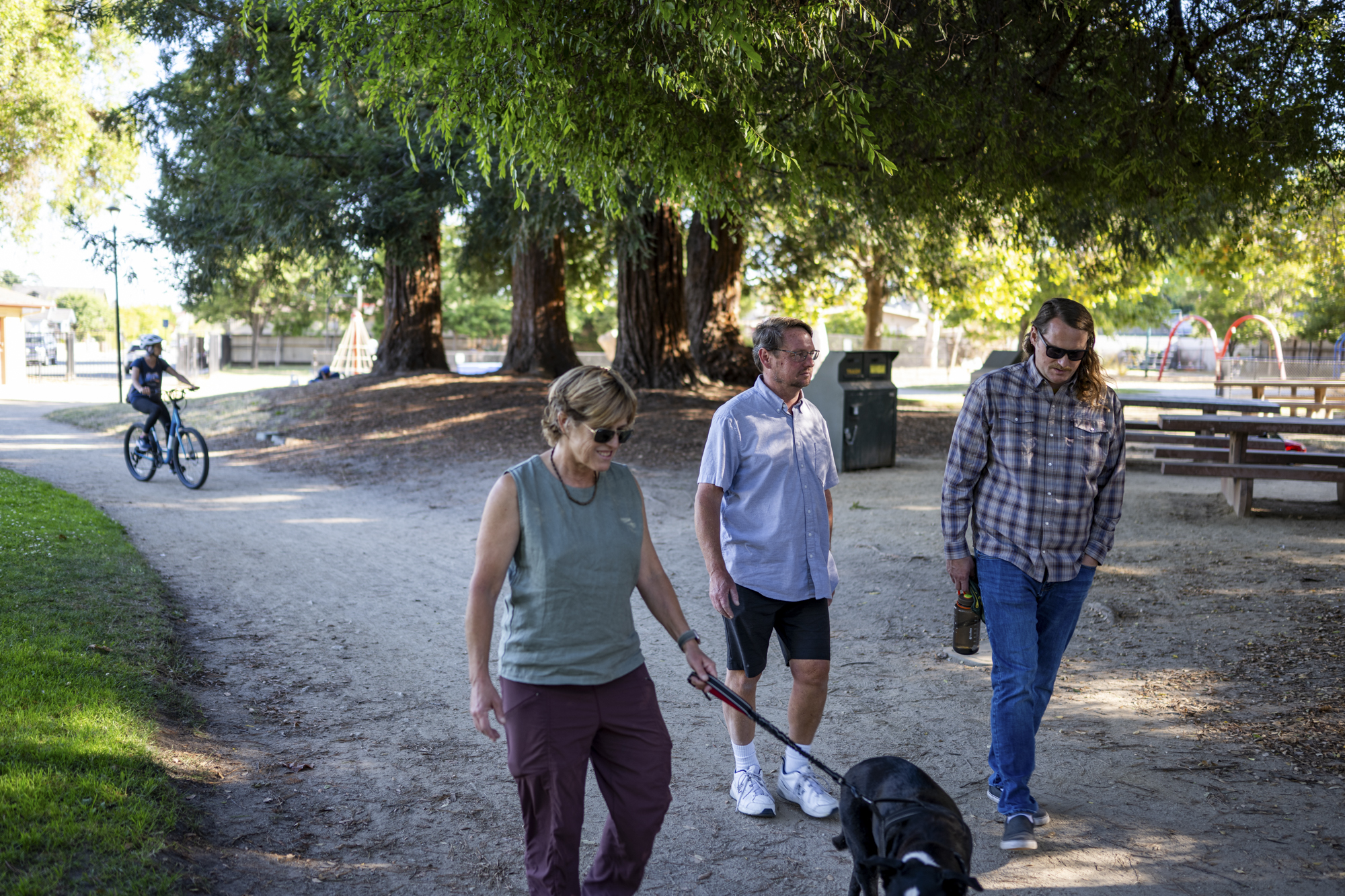About a decade ago, Toni Rodriguez opened up to family members for the first time about using drugs.
Rodriguez, who primarily uses the pronoun “they,” was in their 20s and living in Santa Cruz at the time, and was in a bad place and hoping for support.
But instead, Rodriguez said family members reacted with personal attacks.
“It really damaged the foundations of my relationship with almost every single family member,” Rodriguez said. “I don’t know what I was expecting, and it really is the stigma around IV drug use. There is nothing more despicable in most people’s eyes.”
Rodriguez felt unsupported and forced to move out, they said.
Rodriguez continued to use opioids over the following years. Having trouble finding clean syringes, they would reuse needles, which can cause skin infections and lead to abscesses.
Then, in 2020, while hanging around a homeless encampment, Rodriguez learned about the Harm Reduction Coalition of Santa Cruz County.
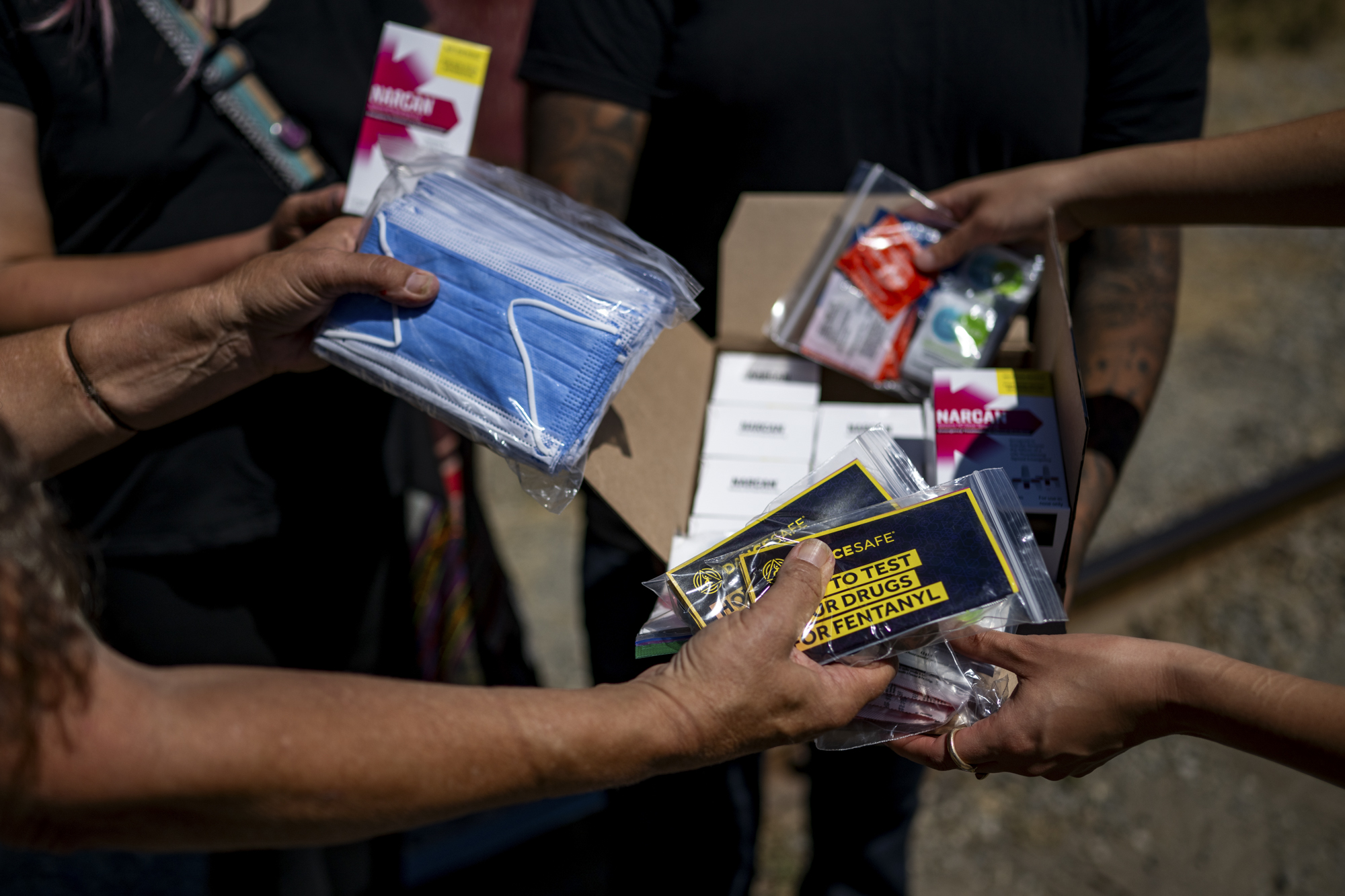
The coalition offered services without judgment or pity, Rodriguez said and delivered syringes meant to reduce the risks of infectious diseases.
“It really was game changing,” Rodriguez said. “It was dignity where there was little to be found.”
‘Recipe for disaster’
But last year, that all changed. A judge ordered the program to stop distributing needles following a lawsuit brought by members of a neighborhood group and other concerned residents. The judge ruled that the California Department of Public Health (CDPH) had not adequately consulted with law enforcement when it approved of the needle distribution.
“It’s a recipe for disaster. And it does nothing to curb drug use. It just makes it even more dangerous,” Rodriguez said of the ruling.
Santa Cruz County was home to one of the nation’s first syringe exchange programs – commonly known as a needle exchange – which was founded in the late 1980s during the AIDS crisis. However, the county is also one of several in California to see opposition to harm reduction programs in recent years.
Many needle exchanges, like the one here, are fighting to operate amid backlash spurred by fears that such programs will lead to more public drug use and an uptick in used needles and other drug paraphernalia strewn on the streets. This is also playing out in historically conservative bastions like Orange County, which remains one of the largest counties in the country without such a program.
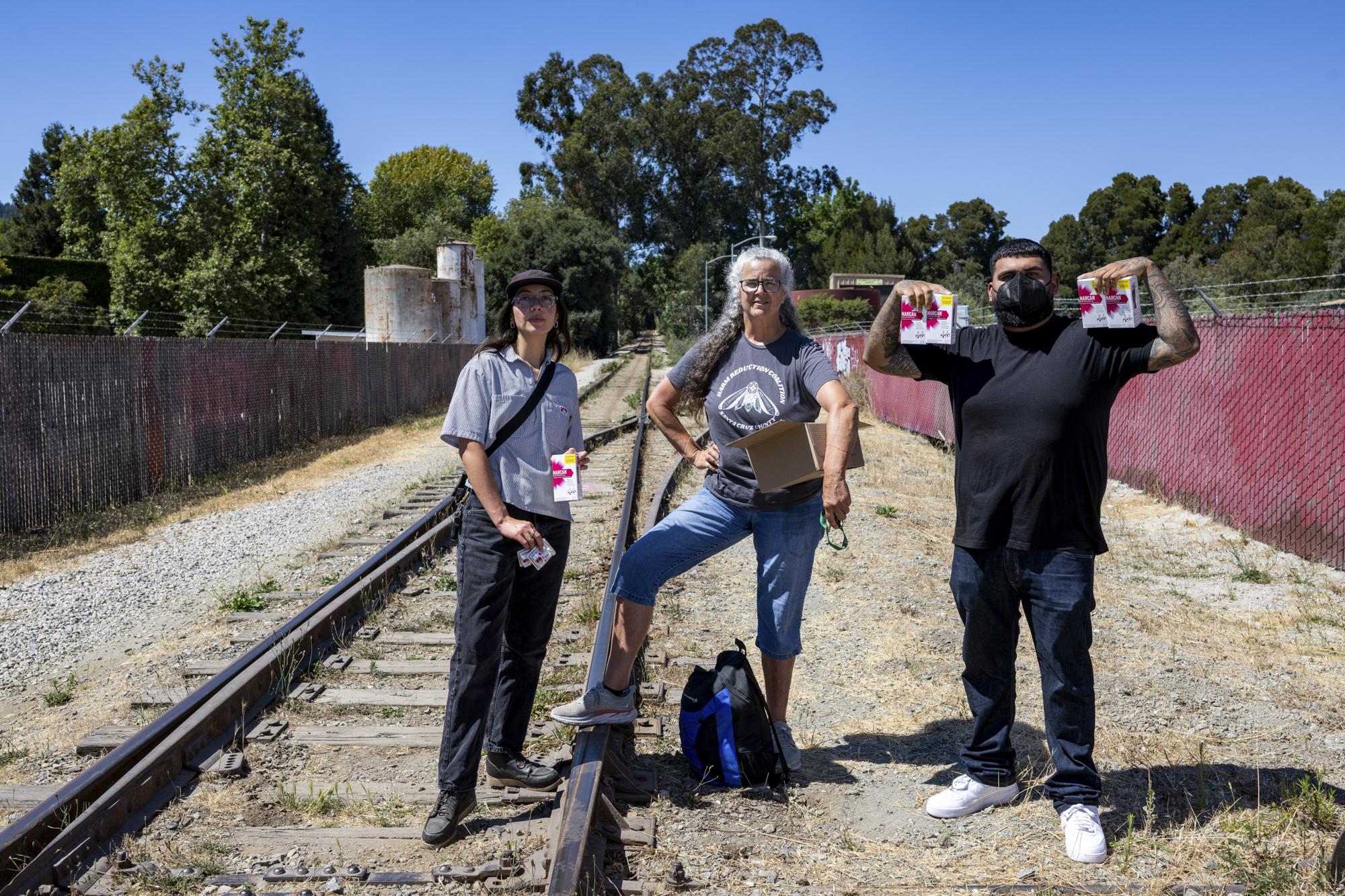
“Can you imagine a child stepping on a needle in the sand at the playground?” Santa Ana Mayor Valerie Amezcua told KQED. “Is the answer to give [people] needles so that they can continue to live on the street and use freely? In my eyes, no.”
Last year, El Dorado County passed an ordinance to ban needle exchange programs, an action that prompted CDPH to file a lawsuit in March, arguing that the ban is preempted by state law. The judge, in that case, ordered a preliminary injunction on the ban.
